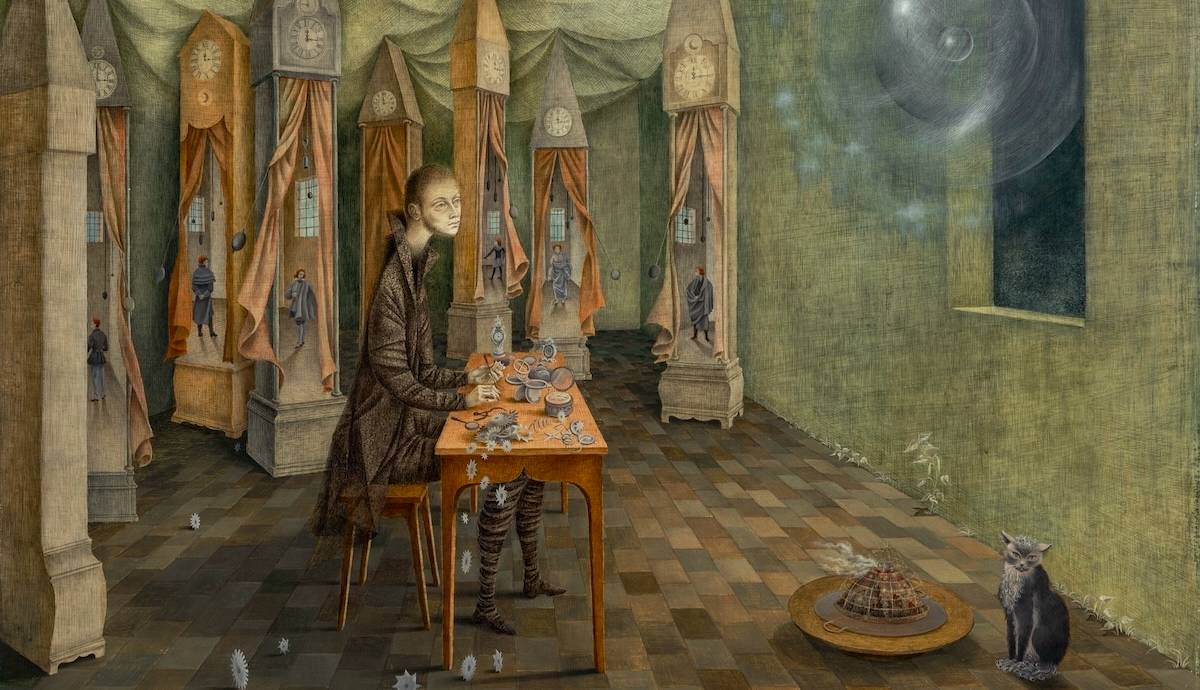
UNESCO Strongly Criticized Russian bombing attacks on World Heritage Sites in Odesa, the Ukrainian port city. Several cultural monuments are left in ruins. The Ukrainian city of Odesa received World Heritage Site status, during the early months of 2023. This world organization criticizes attacks on culture and cultural values. It also calls for respect for international law, which includes provisions related to cultural property.
UNESCO to Determine the Damage

Audrey Azoulay, UNESCO’s director-general, called for respect for cultural property and international law. “This outrageous destruction marks an escalation of violence against cultural heritage of Ukraine. I strongly condemn this attack against culture, and I urge the Russian Federation to take meaningful action to comply with its obligations under international law”, she said.
Obligations include respecting the 1954 Hague Convention for the Protection of Cultural Property in the Event of Armed Conflict and the 1972 World Heritage Convention. The director also added that UNESCO is preparing for a cultural mission – visiting the city and determining the damage caused. What Ukrainian landmarks Russia destroyed during the bombing?

First of all, there is the Transfiguration Cathedral. Italian architect Francesco Frappoli built the cathedral in the early 19th century, or more precisely, in 1808. Then, the destruction followed in 1936 with acts of Joseph Stalin. It got its old look in the early 2000s. After the Russian attack, a video of citizens trying to collect the remains of icons found on the streets circulated on social networks.
Russia Blames Ukraine for the Bombing

Of course, Russian institutions said that the aim of the Russian soldiers was not to target the cathedral. They only targeted “military and terrorist infrastructure of the Kyiv region”. Russia’s Ministry of Defense asserted that an errant defence projectile fired by Ukrainian forces was most likely the blame for the harm done. Yuri Kruk, leader of the Ukrainian military command in Odesa, also said in a statement that it was “the largest blow of the enemy across the historic center of the city of Odesa since the beginning of the war”.
Odesa is a key strategic port city on the Black Sea. And, Russia started bombing it since its invasion of Ukraine began in 2022. Last October, Ukrainian President Volodymyr Zelenskyy made a formal appeal to the United Nations’ cultural organization to place the city center under its protection—a move which promises Odesa additional international aid along with potential consequences for its destruction.

The city, a centuries-old crossroads for European and Asian cultures, is renowned for its architectural landmarks, including the Odesa Opera House and the 19th century Tolstoy Palace. In July 2022, an aerial assault on the city resulted in the destruction of part of the Odesa Museum of Modern Art and Odesa Museum of Fine Arts. UNESCO also funded repairs to both museums and financed efforts to digitize artworks and provide protective equipment.










